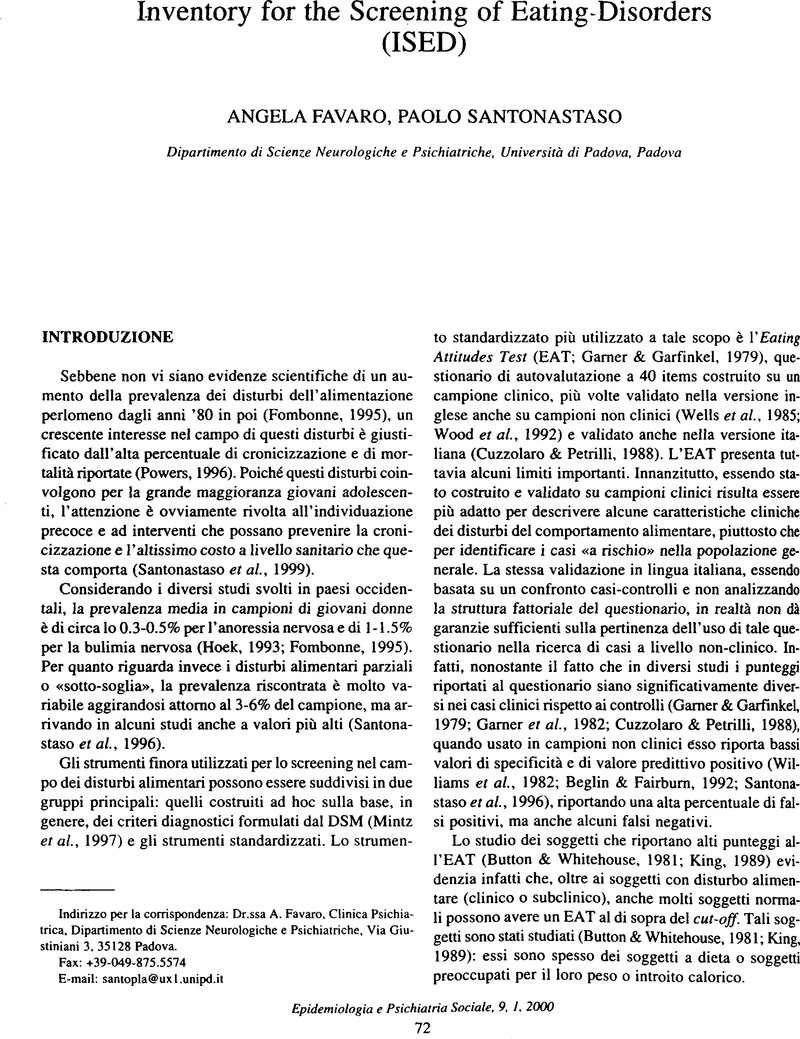Crossref Citations
This article has been cited by the following publications. This list is generated based on data provided by Crossref.
Tarquinio, Cyril
and
Montel, Sébastien
2014.
Les psychotraumatismes.
p.
57.
Tarquinio, C.
Houllé, W.A.
and
Tarquinio, P.
2017.
Discussion autour du traumatisme complexe : émergence du concept, étiologie et critères diagnostiques.
Sexologies,
Vol. 26,
Issue. 2,
p.
79.



